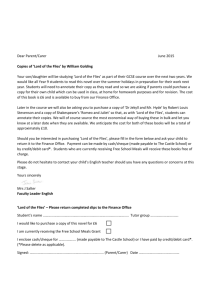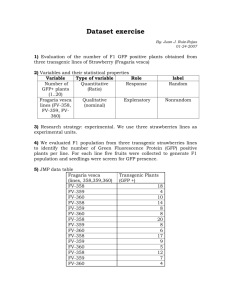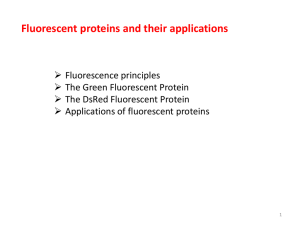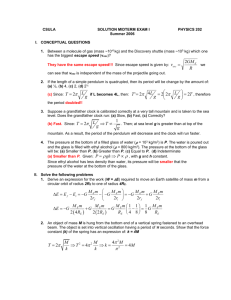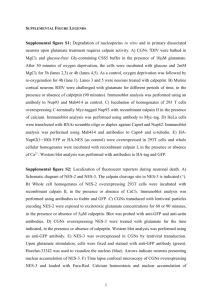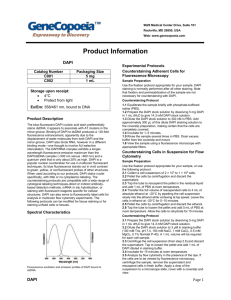Supplemental Legends
advertisement
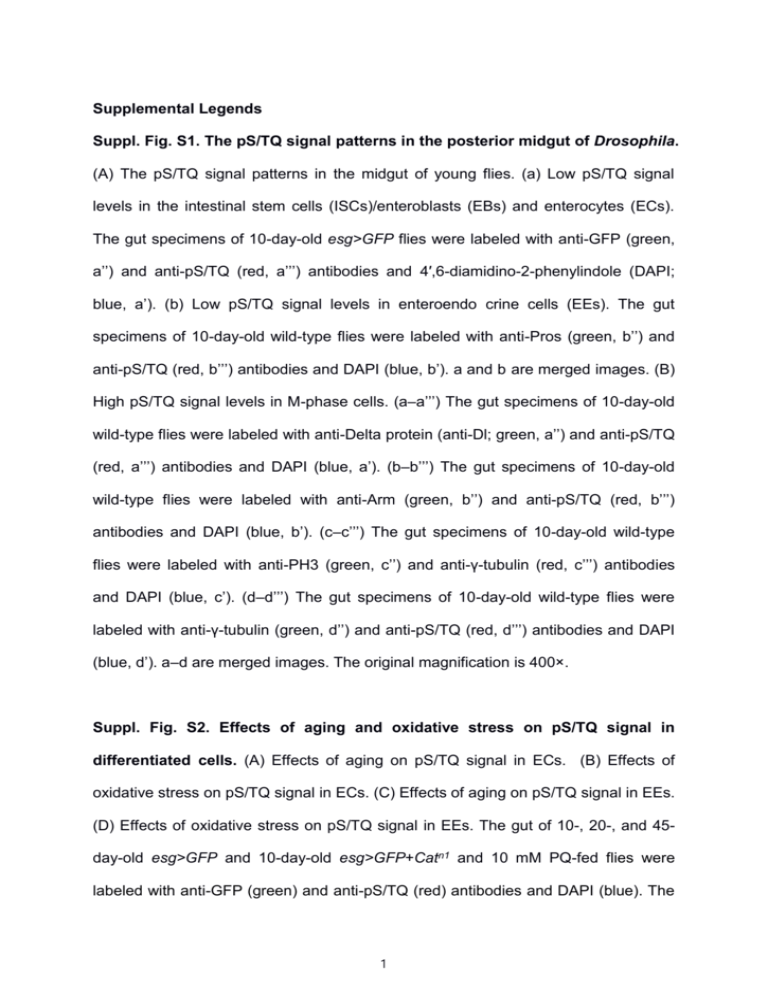
Supplemental Legends Suppl. Fig. S1. The pS/TQ signal patterns in the posterior midgut of Drosophila. (A) The pS/TQ signal patterns in the midgut of young flies. (a) Low pS/TQ signal levels in the intestinal stem cells (ISCs)/enteroblasts (EBs) and enterocytes (ECs). The gut specimens of 10-day-old esg>GFP flies were labeled with anti-GFP (green, a’’) and anti-pS/TQ (red, a’’’) antibodies and 4′,6-diamidino-2-phenylindole (DAPI; blue, a’). (b) Low pS/TQ signal levels in enteroendo crine cells (EEs). The gut specimens of 10-day-old wild-type flies were labeled with anti-Pros (green, b’’) and anti-pS/TQ (red, b’’’) antibodies and DAPI (blue, b’). a and b are merged images. (B) High pS/TQ signal levels in M-phase cells. (a–a’’’) The gut specimens of 10-day-old wild-type flies were labeled with anti-Delta protein (anti-Dl; green, a’’) and anti-pS/TQ (red, a’’’) antibodies and DAPI (blue, a’). (b–b’’’) The gut specimens of 10-day-old wild-type flies were labeled with anti-Arm (green, b’’) and anti-pS/TQ (red, b’’’) antibodies and DAPI (blue, b’). (c–c’’’) The gut specimens of 10-day-old wild-type flies were labeled with anti-PH3 (green, c’’) and anti-γ-tubulin (red, c’’’) antibodies and DAPI (blue, c’). (d–d’’’) The gut specimens of 10-day-old wild-type flies were labeled with anti-γ-tubulin (green, d’’) and anti-pS/TQ (red, d’’’) antibodies and DAPI (blue, d’). a–d are merged images. The original magnification is 400×. Suppl. Fig. S2. Effects of aging and oxidative stress on pS/TQ signal in differentiated cells. (A) Effects of aging on pS/TQ signal in ECs. (B) Effects of oxidative stress on pS/TQ signal in ECs. (C) Effects of aging on pS/TQ signal in EEs. (D) Effects of oxidative stress on pS/TQ signal in EEs. The gut of 10-, 20-, and 45day-old esg>GFP and 10-day-old esg>GFP+Catn1 and 10 mM PQ-fed flies were labeled with anti-GFP (green) and anti-pS/TQ (red) antibodies and DAPI (blue). The 1 fluorescence intensity of pS/TQ signals in esg- large (ECs) or small (EEs) cells was measured in the 5a and b regions of the posterior midgut. The variable N or n indicates the number of gut specimen or esg- cells, respectively; ns indicate not significant. *p < 0.01. Suppl. Fig. S3. Representative images of the midguts with an ISC/ EB-specific knockdown of ATM, ATR, or both cultured at 27 °C for 3 weeks. specimens of esgts>GFP, esgts>GFP+ATMi+ATRi, The gut esgts>GFP+ATMi, or esgts>GFP+ATRi flies (kept at 27 °C for 3 weeks) were labeled with an anti-pS/TQ (red) and anti-GFP (green) antibodies and 4′,6-diamidino-2-phenylindole (DAPI, blue).The anterior (A) and posterior (P) midgut are indicated. The original magnification is 100×. Suppl. Fig. S4. Representative images of the midgut with WT and ATR (mei-41) mutant clones by MARCM method. The flies carrying hsFLP, tubP-GAL80, neoFRT 19A/neoFRT 19A; UAS-mCD8::GFP/+; tubP-GAL4/+ (WT control) or hsFLP, tubP-GAL80, neoFRT 19A/mei-41[G0221b] neoFRT 19A; UAS-mCD8::GFP/+; tubPGAL4/+ were dissected and marked with anti-GFP (green) antibody and DAPI (blue) at 7 days after induction. The anterior (A) and posterior (P) midgut are indicated. The original magnification is 100×. Suppl. Fig. S5. Effects of the intestinal stem cell (ISC)/enteroblast (EB)-specific knockdown of ATM, ATR, or both on survival. Flies carrying the esgts>GFP (closed circles), esgts>GFP+ATMi+ATRi (open circles), esgts>GFP+ATMi (triangle 2 down), and esgts>GFP+ATRi genotypes (triangle up) were kept at 29 °C and counted every 2 days (the initial number was 100). 3




